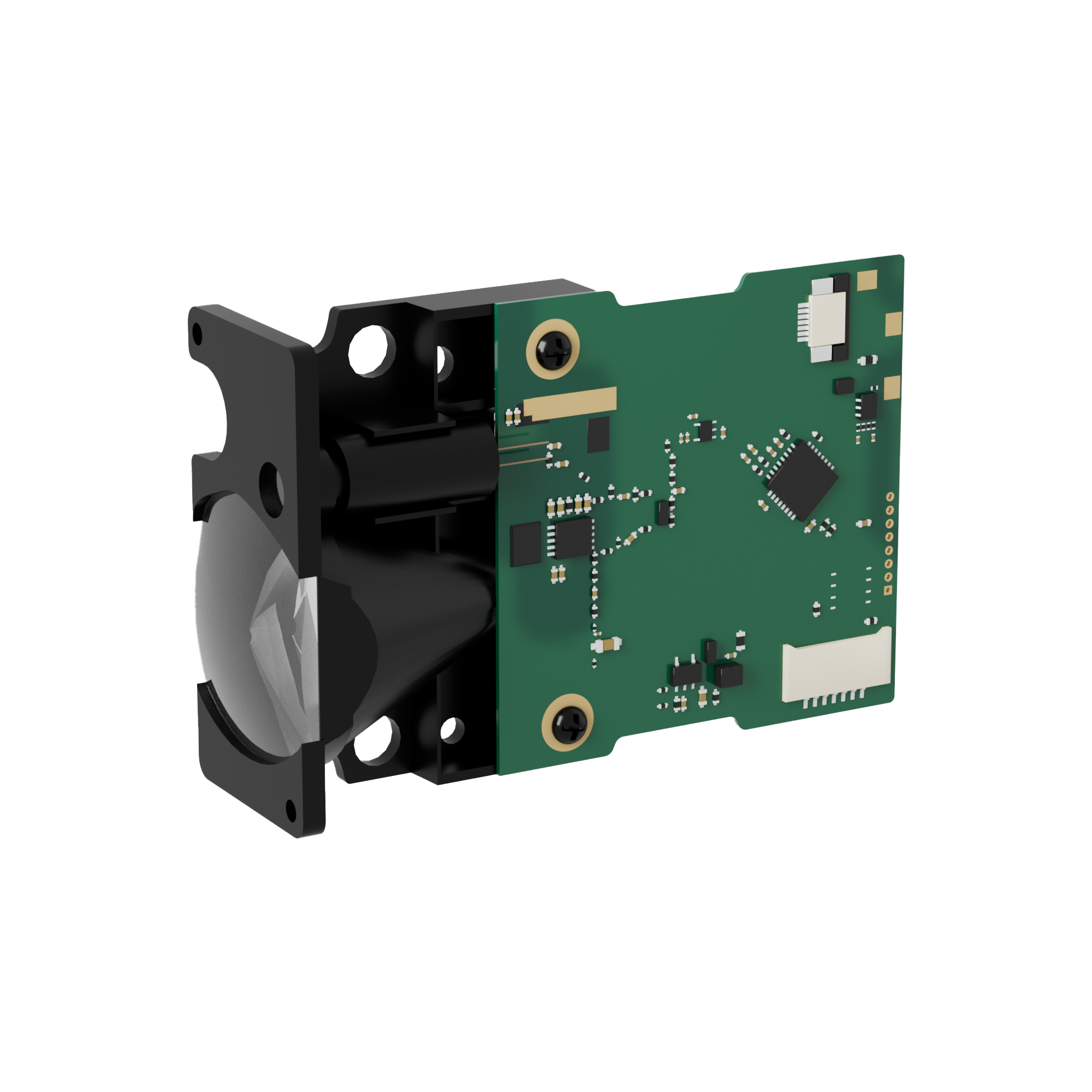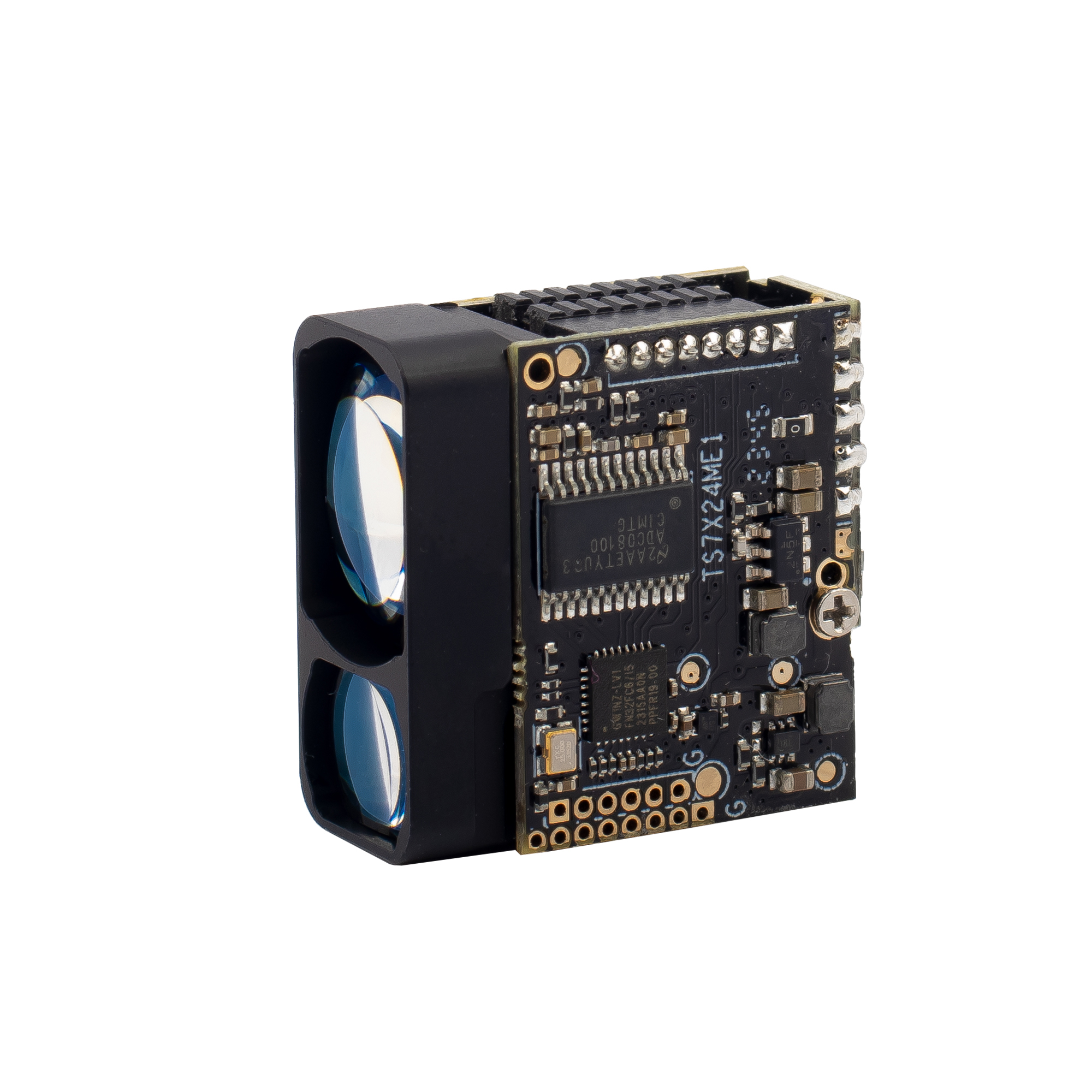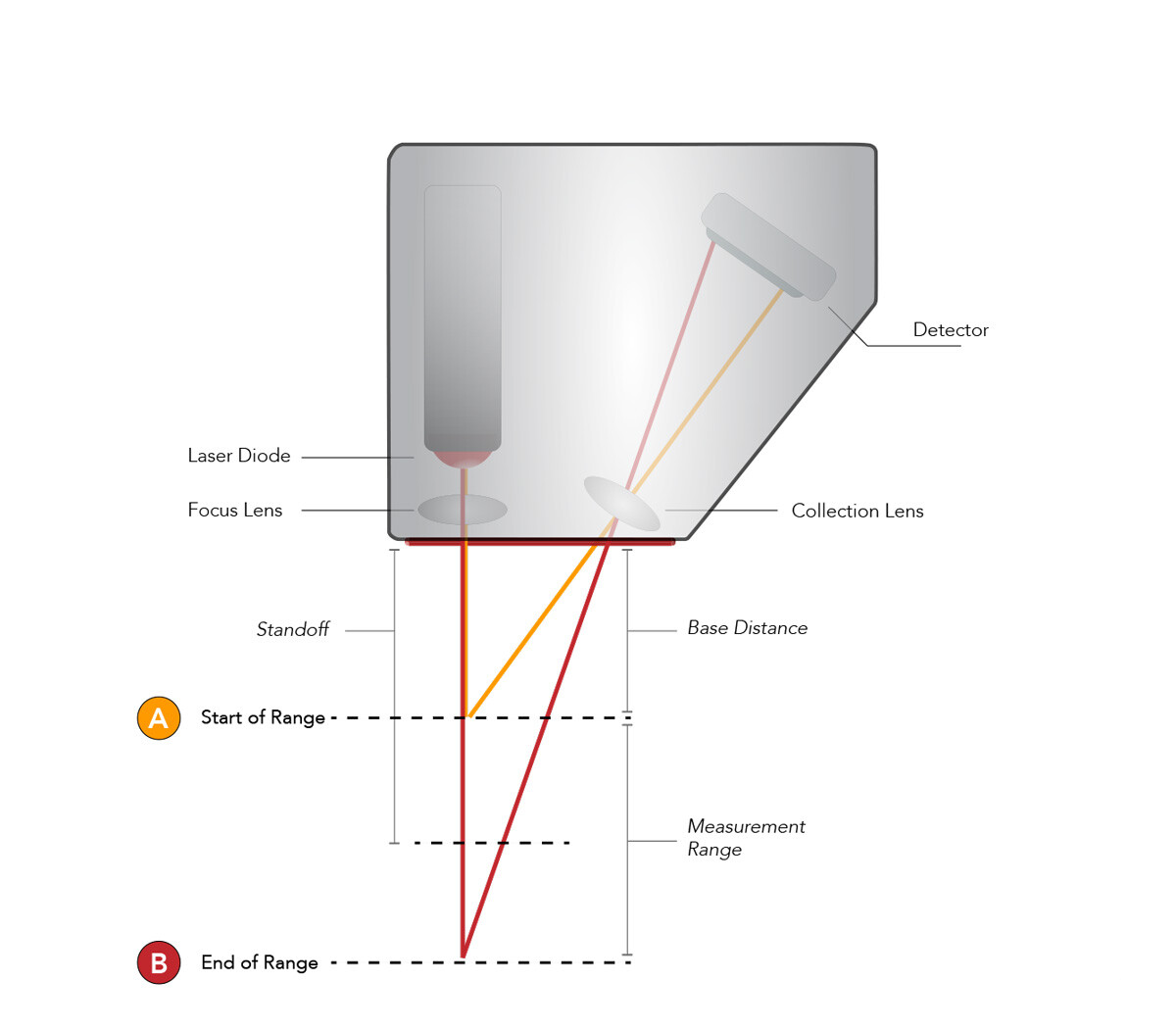Laser distance sensors have become essential tools in various industries due to their precision and versatility. Among the most common types are phased laser distance sensors, pulsed laser distance sensors, and triangulation laser distance sensors. Each type operates on distinct principles and is suited for different applications. This article aims to explain the fundamental differences between these sensors, highlighting their operating principles, advantages, disadvantages, and ideal use cases.
Phased Laser Distance Sensors
Operating Principle
Phased laser distance sensors work based on the principle of phase shift. A continuous laser beam is modulated at a known frequency and directed towards a target. When the laser beam reflects back from the target, the phase of the returning beam is compared with the phase of the emitted beam. The phase shift between the two beams is proportional to the distance traveled by the beam, allowing for precise distance measurement.

Advantages
1. High Accuracy: Phased laser distance sensors can achieve very high accuracy, often within millimeters, such as Meskernel LDJ can measure maximum to 200m with an accuracy of ±1-3mm.
2. Continuous Measurement: These sensors provide continuous distance measurements, making them suitable for dynamic applications.
3. Long Range: They can measure distances over several hundred meters, depending on the sensor model and environmental conditions.
Disadvantages
1. Complexity: The technology behind phased laser distance sensors is complex, often leading to higher costs.
4. Sensitivity to Environmental Factors: Factors like ambient light, surface reflectivity, and atmospheric conditions can affect measurement accuracy.
Ideal Use Cases
• Industrial automation
• Robotics
• Precision surveying
• Structural monitoring
Pulsed Laser Distance Sensors
Operating Principle
Pulsed laser distance sensors, also known as time-of-flight (ToF) sensors, measure distance by calculating the time it takes for a laser pulse to travel to a target and back. The sensor emits a short laser pulse and detects the returning pulse. By measuring the time delay between emission and reception, the distance to the target is determined, given the speed of light is a known constant.

Advantages
1. Long Range: Pulsed laser sensors can measure very long distances, often several kilometers, such as Meskernel TS1224 which can measure a range of maximum to 2.5km with the accuracy of ±1m.
5. High Speed: These sensors can perform rapid distance measurements, making them suitable for fast-moving objects.
6. Less Affected by Ambient Light: They are less sensitive to ambient light conditions compared to phased sensors.
Disadvantages
1. Moderate Accuracy: While accurate, they are generally less precise than phased laser distance sensors.
7. Complex Signal Processing: The technology requires complex signal processing to distinguish between the emitted and returning pulses, which can increase cost and power consumption.
Ideal Use Cases
• LIDAR systems for autonomous vehicles
• Aerial surveying and mapping
• Security and surveillance
• Distance measurement in open and outdoor environments
Triangulation Laser Distance Sensors
Operating Principle
Triangulation laser distance sensors determine distance based on the geometric principle of triangulation. A laser beam is emitted towards the target, and the reflected light is captured by a sensor at a known angle. The position of the reflected spot on the sensor's detector changes with the distance to the target. Using simple trigonometry, the distance can be calculated from the position of the spot.

Advantages
1. High Precision: These sensors offer high precision, especially for short-range measurements.
8. Simple and Cost-Effective: The technology is relatively simple and cost-effective compared to phased and pulsed sensors.
9. Less Affected by Target Reflectivity: They perform well with varying target reflectivities and surface characteristics.
Disadvantages
1. Limited Range: Triangulation sensors are typically limited to shorter distances, often within a few meters.
10. Sensitivity to Angle: Measurement accuracy can be affected by the angle of the target surface relative to the sensor.
Ideal Use Cases
• Precision industrial measurement
• Quality control and inspection
• 3D scanning and modeling
• Short-range robotics applications
Summary
In summary, phased laser distance sensors, pulsed laser distance sensors, and triangulation laser distance sensors each have unique strengths and limitations, making them suitable for different applications. Phased sensors excel in high-precision and long-range measurements but are sensitive to environmental conditions. Pulsed sensors are ideal for long-range and high-speed applications, with moderate accuracy and robustness to ambient light. Triangulation sensors offer high precision for short-range measurements and are cost-effective, but their range is limited, and accuracy can be affected by the target's angle.
Understanding these differences is crucial when selecting the appropriate Laser Distance Sensor for a specific application, ensuring optimal performance and reliability in the intended use case.